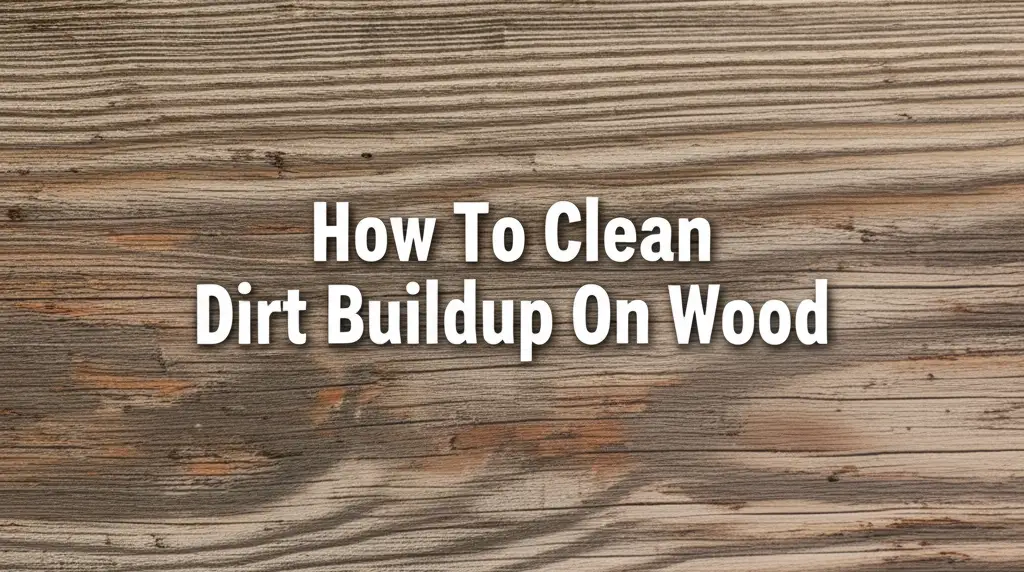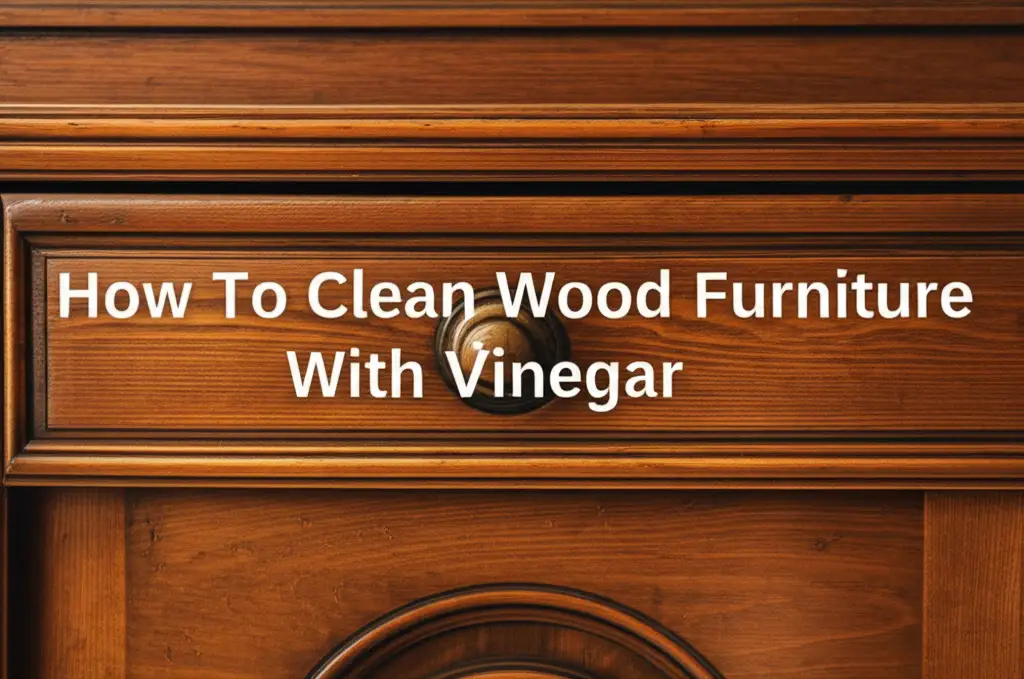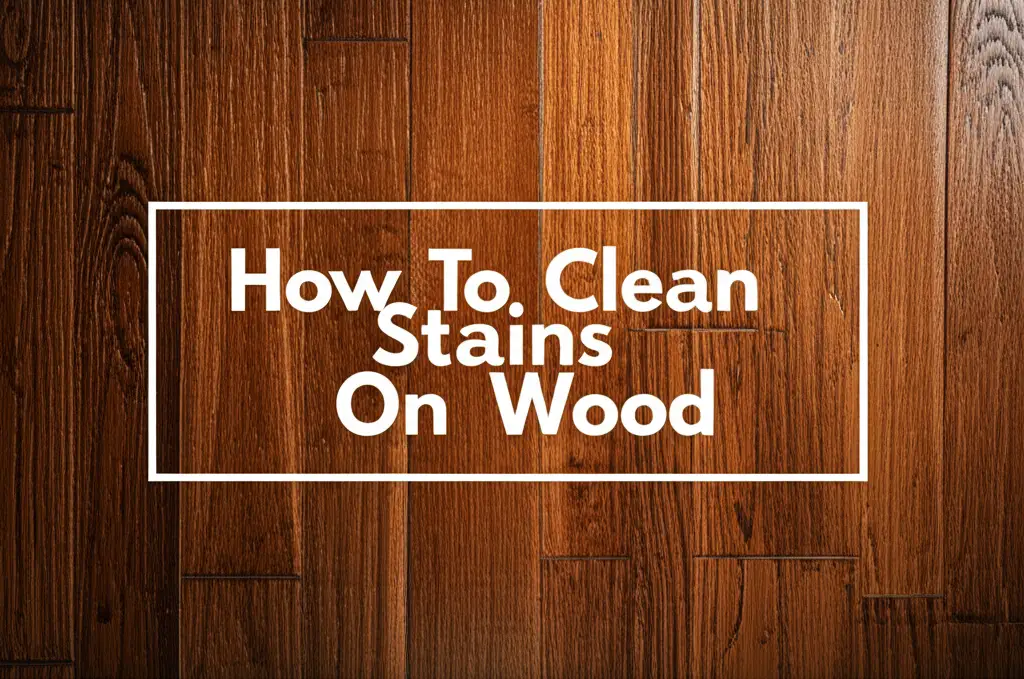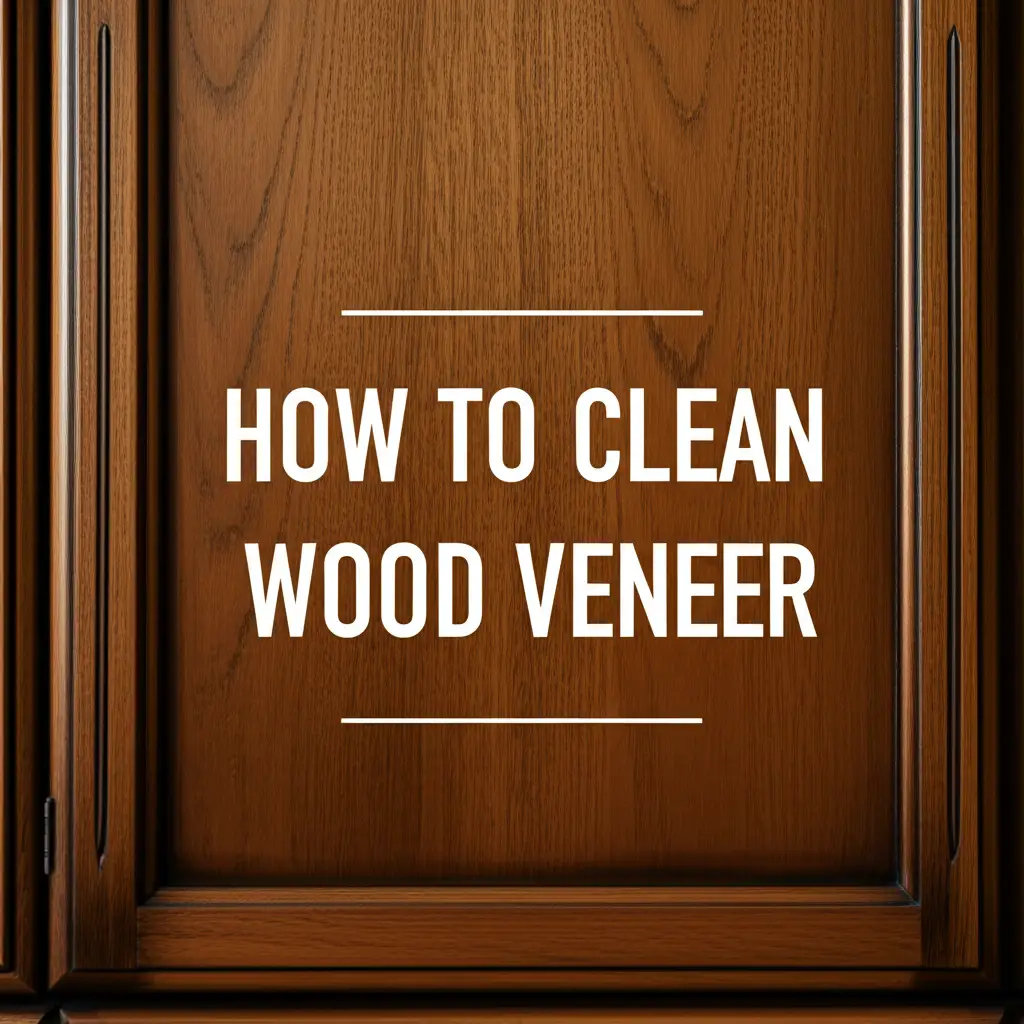· Home Cleaning · 6 min read
How To Clean Ebony Piano
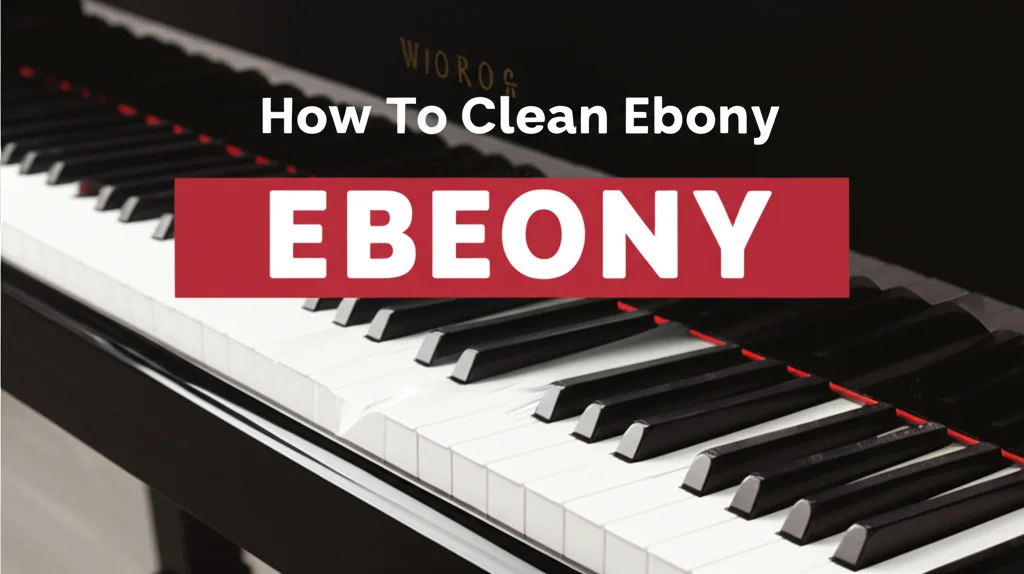
Keeping the Shine: How To Clean Your Ebony Piano
Is your beautiful ebony piano looking a little dull? Don’t worry, restoring its luster doesn’t have to be daunting. An ebony piano is a significant investment, and maintaining its finish is crucial for preserving its beauty and value. This guide will walk you through everything you need to know about how to clean an ebony piano, from daily dust removal to more in-depth polishing, ensuring it remains a centerpiece in your home for years to come. We’ll cover the right tools, techniques, and preventative measures to keep your piano looking its best.
Takeaway:
- Dust your piano regularly with a soft cloth.
- Use a specialized ebony piano polish for deeper cleaning.
- Avoid harsh chemicals and abrasive materials.
- Protect your piano from direct sunlight and extreme temperatures.
Quick Answer:
To clean an ebony piano, gently dust it with a soft, lint-free cloth. For deeper cleaning, use a piano polish specifically designed for ebony finishes, applying it sparingly and buffing with a clean cloth. Avoid harsh chemicals, abrasive cleaners, and excessive moisture.
Understanding the Ebony Finish
Before diving into cleaning, it’s important to understand what an ebony finish actually is. Ebony isn’t a finish itself but rather a very dark, rich color achieved through staining and polishing wood, often mahogany or other hardwoods. This creates a beautiful, high-gloss surface that’s prone to showing dust, fingerprints, and scratches. The finish is delicate, and improper cleaning can easily damage it, leading to cloudiness or even permanent marks. Knowing this helps you approach cleaning with the care it deserves. Different ebony finishes (polyester, lacquer, etc.) may require slightly different approaches, so identifying yours is helpful.
Daily & Weekly Maintenance: Dusting Your Piano
Regular dusting is the single most important thing you can do to keep your ebony piano clean. Dust buildup not only looks unsightly but can also scratch the finish over time. Use a very soft, lint-free cloth – microfiber is ideal. Avoid using feather dusters, as they can leave behind oils and scratches. Wipe with the grain of the wood, not against it. For hard-to-reach areas, like around the music rack, use a soft brush attachment on a vacuum cleaner, held at a distance to avoid contact. A quick daily or weekly dusting will prevent grime from building up and make deeper cleaning less frequent.
Choosing the Right Cleaning Products for Ebony
Selecting the right cleaning products is paramount. Never use all-purpose cleaners, furniture polish not specifically designed for pianos, or abrasive cleaners. These can strip the finish or leave behind a sticky residue. Look for a piano polish specifically formulated for ebony finishes. These polishes contain gentle cleaning agents and protective oils that nourish the wood and restore its shine. Avoid products containing silicone, as they can build up over time and make future polishing difficult. Always test any new product in an inconspicuous area first to ensure it doesn’t damage the finish. Consider a polish with UV protection to help prevent fading.
Deep Cleaning & Polishing Your Ebony Piano
Deep cleaning should be done every few months, or as needed. Start by dusting the piano thoroughly. Then, apply a small amount of ebony piano polish to a clean, soft cloth. Work in small sections, applying the polish in a circular motion. Allow the polish to sit for a few minutes, as directed on the product label. Next, use a separate, clean, soft cloth to buff the surface, removing any excess polish and restoring the shine. Buffing with the grain is crucial for achieving a streak-free finish. Don’t apply too much pressure, and avoid getting polish into the crevices of the keys.
Addressing Specific Issues: Fingerprints & Water Spots
Fingerprints and water spots are common on ebony pianos. For fingerprints, a slightly damp (not wet!) microfiber cloth can often remove them. If that doesn’t work, use a small amount of ebony piano polish on a cloth and gently rub the affected area. For water spots, try gently wiping with a dry, soft cloth. If the spot persists, use a specialized water spot remover designed for piano finishes, following the product instructions carefully. Avoid using heat to dry water spots, as this can damage the finish. Prevention is key – try to avoid placing drinks near the piano!
Protecting Your Piano From Damage
Protecting your ebony piano from damage is just as important as cleaning it. Keep the piano away from direct sunlight, which can cause the finish to fade and crack. Avoid placing it near heat sources, such as radiators or fireplaces, as extreme temperatures can also damage the wood. Maintain a consistent humidity level in the room, as fluctuations can cause the wood to warp. Consider using a piano cover when the piano is not in use to protect it from dust and accidental damage. If you have pets or small children, take extra precautions to prevent them from scratching or damaging the finish. You can also consider using coasters under drinks and avoiding placing objects directly on the piano’s surface.
FAQ: Common Questions About Ebony Piano Cleaning
Q: Can I use furniture polish on my ebony piano?
A: No, avoid using general furniture polish. These often contain harsh chemicals or silicone that can damage the delicate ebony finish. Always use a polish specifically designed for pianos, and ideally one formulated for ebony.
Q: How often should I polish my ebony piano?
A: Polishing should be done every few months, or as needed, depending on how frequently the piano is used and exposed to dust and fingerprints. Regular dusting will reduce the need for frequent polishing.
Q: What should I do if I accidentally spill something on my piano?
A: Immediately wipe up the spill with a soft, dry cloth. If it’s a sticky substance, use a slightly damp cloth, but avoid getting the wood too wet. Follow up with ebony piano polish to restore the finish.
Q: Can I use a steam cleaner on my ebony piano?
A: Absolutely not. Steam can penetrate the wood and damage the finish, causing warping and discoloration. Always use gentle, dry cleaning methods.
Conclusion: Maintaining the Beauty of Your Investment
Cleaning an ebony piano doesn’t have to be a chore. By following these simple steps – regular dusting, using the right cleaning products, and taking preventative measures – you can keep your piano looking its best for years to come. Remember, an ebony piano is a valuable instrument and a beautiful piece of furniture. Investing a little time in its care will protect your investment and ensure it continues to bring joy for generations. Don’t hesitate to consult a professional piano technician if you have any concerns about the finish or are unsure about any cleaning method. Enjoy the music and the beauty of your ebony piano!
- piano cleaning
- ebony polish
- furniture care

